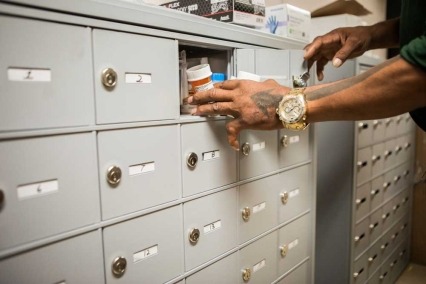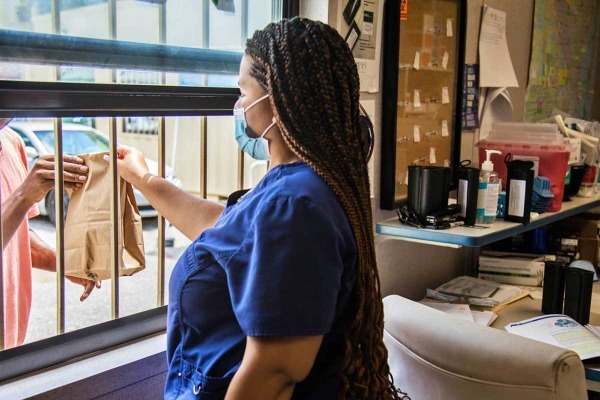Highlights
Image

NIDA Image
- The HIV epidemic and addiction and overdose crisis in the United States are closely intertwined.1 People who use drugs may have a higher risk of acquiring HIV—both related directly to sharing equipment for injection drug use2 and to the complex role drug use can play in sexual transmission3,4,5,6,7—and they may face unique barriers to lifesaving tools that prevent, diagnose, and treat HIV.8 Similarly, communities with high rates of certain forms of drug use are vulnerable to HIV outbreaks.1,9,10,11,
- NIDA conducts and supports research to evaluate approaches to improve HIV and substance use outcomes in the United States and around the world, including evidence-based harm-reduction strategies, integrated delivery of substance use treatment and other services alongside HIV care, and efforts to overcome stigma.
- Researchers, clinicians, and activists working at the intersection of HIV and substance use have had an important role in the response to the HIV pandemic since AIDS was recognized in the 1980s.12 Through the HIV Research Program, NIDA continues to advance scientific understanding of HIV, drugs, and addiction.
Latest from NIDA
Syringe services for people who inject drugs are enormously effective, but remain underused
|
December 1 is World AIDS Day, an opportunity to underscore the solid science behind syringe services programs
We should leverage the successes of HIV care to prevent overdose mortality
|
Clinicians serving people living with HIV have a critical role to play in preventing overdose deaths
Still Reaching: The Syndemics that Complicate and Characterize How Drugs and HIV Intersect in People’s Lives
|
Meeting people where they are to provide harm reduction & healthcare without stigma
Find More Resources on HIV
- Learn more about the federal HIV policies, programs and resources at HIV.gov.
- Learn more about HIV research across the National Institutes of Health from the NIH Office of AIDS Research and from the National Institute on Allergy and Infectious Disease.
- Review patient resources on HIV from MedlinePlus.
- Discover community resources to reduce HIV stigma and promote HIV testing, prevention, and treatment through the Centers for Disease Control and Prevention.



